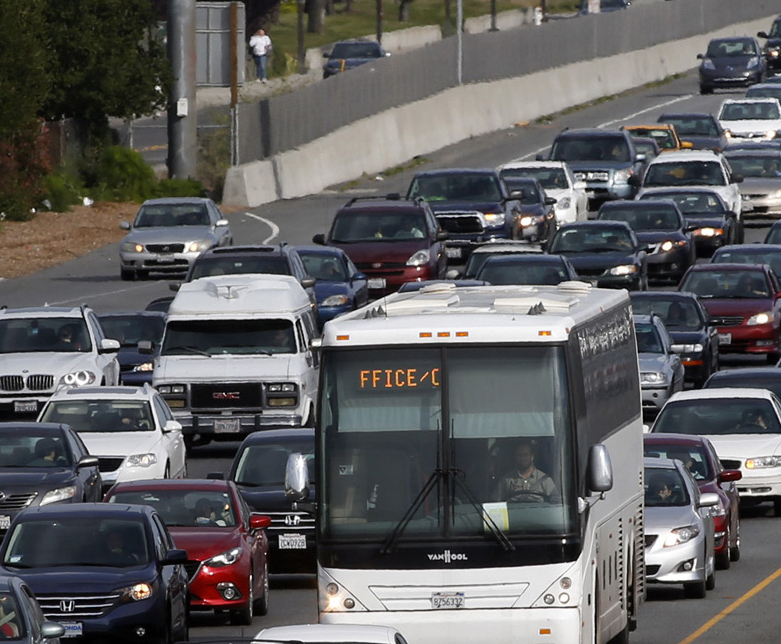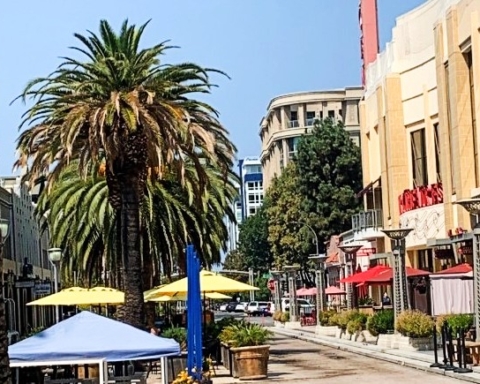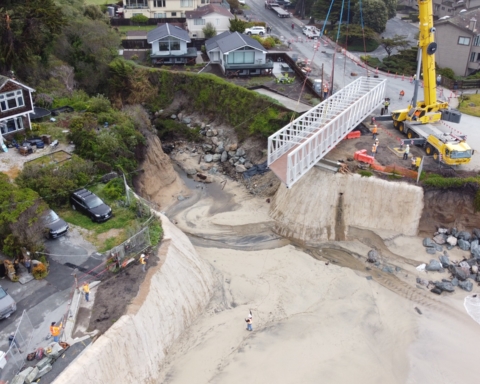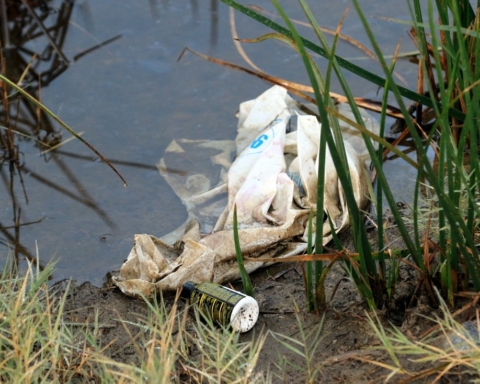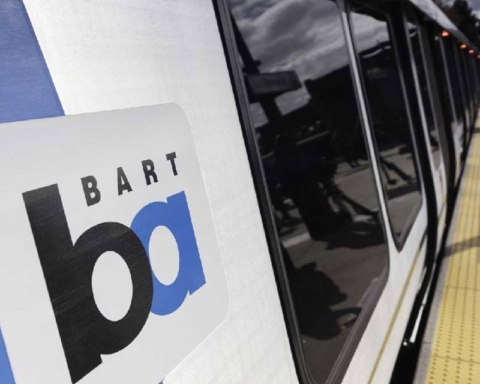Will people do anything for traffic relief? Will they pay more? Change their habits?
The answer is yes for officials throughout San Mateo County and the Bay Area, who are prepared to commit billions of public and private dollars on projects aimed at reducing traffic and enhancing public transit.
The plans, programs and projects that will transform our transportation system are the subject of a piece I wrote that will appear in the May issue of Climate Magazine, available in various locations next week.
Two upcoming ballot measures will test the proposition that people are fed up with traffic enough that they’re willing to pay more for solutions.
Regional Measure 3 on the June ballot would raise the tolls on seven state-owned bridges in the Bay Area, including the Bay, San Mateo and Dumbarton bridges. Tolls would go up a dollar in 2019, another dollar in 2022 and another dollar in 2025. The $4.5 billion the tolls would generate will go to improvements to current highways, bridges and roads, including toll lanes on Highway 101 and various public transit projects that aim to get more people out of their cars, such as the Dumbarton rail bridge and the Dumbarton auto bridge.
A separate measure in November will ask county voters to support a half-cent sales tax increase to pay for a sweeping range of projects and programs that have at their core the conviction that we have arrived at the post-auto era of transit and transportation. The tax measure still is being written, but it is clear that one element of it will be transit that is more available, more convenient and more frequent – in other words, an alternative to the car.
In the 1970s, when Jerry Brown was in his first two terms as governor, he publicly raised the possibility of purposely forcing people from their cars through the creation of disincentives – make the car too expensive and too inconvenient and make mass transit more attractive.
He was widely criticized for the notion and, typically, he was ahead of his time, a forerunner of automobile disincentives now embraced as progressive, such as congestion pricing and central district automobile bans, and incentives such as carpool and toll lanes.
Forty years later, the disincentive arrived on its own in the form of this late-breaking bulletin: traffic is bad. So bad, people will give up their cars.
That’s old news at Caltrain (in the interest of full disclosure, I was an executive at SamTrans and Caltrain from 2004 through 2017).
In 2004, Caltrain introduced its first Baby Bullet express trains. By mid-2005, it was clear that the express trains were the only part of the Caltrain service that was gaining riders, and the decision was made to double the number of bullet trains.
From 2004 to 2017, ridership on Caltrain has doubled (revenue from ticket sales tripled) as thousands of people a day left their cars and the challenging commute to ride on the train. In Caltrain’s 2017 annual count, six trains are at 100 or greater capacity. All of them are express trains. The average length of the trip made by these passengers was 23 miles and those who rode express trains rode an average of 28 miles.
It’s that very reaction that county transit officials are counting on. What is clear from the Caltrain example is that in this current economic environment, people value time more than money. And this particular form of transit serves the need to get from one place to another in a timely way.
“That’s why owning a car doesn’t make any sense,” said Redwood City Councilman Jeff Gee, who serves on both the SamTrans and Caltrain boards of directors, in the upcoming Climate Magazine piece. “The peak period of car ownership has passed. Younger people have figured that out. Now the rest of us need to figure that out.”
THAT CITY UP THERE: The recent announcement by San Francisco that it was going to relocate the Caltrain railyard up there was typical of the city. You may have noticed in related news stories or the announcement by the city that no one from Caltrain was quoted. That’s probably because Caltrain doesn’t want to relocate its railyard, which, by the way, San Francisco doesn’t own.
Contact Mark Simon at mark@climaterwc.com.

